Posted on 7/17/2020
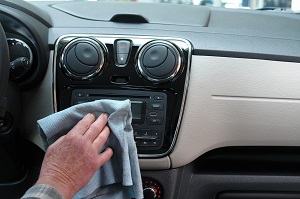
Germs and dirty surfaces can make you cringe on the thought of touching or sitting in an area filled with it. Well, fun fact, your car probably isn’t the pristine haven you think it is. According to studies, the average steering wheel is four times dirtier than a public toilet seat. Then they are all the other frequently touched areas in your cars such as the cup holder, seat belts, and door handles, and touch pads; they can’t be too much cleaner. Now more than ever, it seems timely to offer some tips on how to safely sanitize your vehicle. Sanitizing your car is different than giving it a good spring cleaning. It’s essential to keep germs and viruses off the parts of your car you touch the most. We’ve all been doing a lot of washing and cleaning lately, and cleaning our car probably hasn’t been one of those places. Many people spend a lot of time in vehicles, so keeping it well sanitize and clean is important. In order to prevent the spread of viruses and other harmful germs, you’ll ... read more
Posted on 6/25/2020
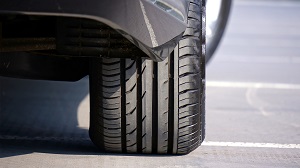
Bubbles in your tires are generally caused by impacts on the road. Hitting the edges of potholes, small collisions, hitting a curb and speed bumps can all cause the sidewall to bulge in your tires. Your tires should always be smooth and round, so if you notice a bubble on the sidewall or see a section of tread bulging, it’s a sign that something is very wrong, and you should stop driving immediately. Tires that have a bubble are not safe to drive. When your tire has a bubble, the fabric of the inner tire can no longer protect your tire from bursting when pressure develops from contact with the road. The most common place to see a bubble in the tire is the sidewall. Tire bubbles can also form in areas where the rubber has worn very thin. Driving on a tire that has a bubble is very dangerous and there is a high possibility that it will blow out on you. Your top priority should be getting the tire replaced as soon as possible because as more moisture and air seeps in, the bubbles will ge ... read more
Posted on 6/15/2020
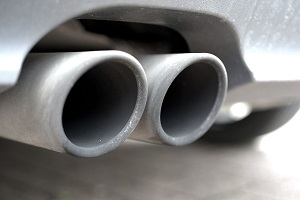
Your vehicle’s engine produces small explosions of harmful emissions which come from the combustion chamber. These explosions produce dangerous gases such as carbon dioxide, carbon monoxide, hydrocarbons and nitrogen oxides. For safety, these dangerous gases are dispersed away from your vehicle’s cabin using an exhaust system, which the muffler is a key component of. To explain how the muffler works, we need to know the different components of the muffler. There are four sections in an automobile’s muffler: Inlet — The inlet attaches from the exhaust system. Exhaust gases and sound enters the inlet from the exhaust system. Resonator — The resonator acts as an echo chamber by reducing the overall noise volume of the engine by canceling sound waves. Perforated tubes — The perforated tubes are metal tubes located inside the muffler and are responsible for how loud or quiet your car sounds. They suppress the sound and work to increase your vehicle performance. Outlet — The outlet em ... read more
Posted on 5/29/2020
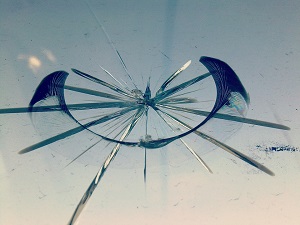
Damage to your windshield happens unexpectedly. The windshield is an important safety device of your vehicle, with its main function being to protect passengers as well as ensure the airbags properly do their job of protecting the vehicle occupants. A small chip on your windshield can turn into a crack across the entire length of the surface and require windshield replacement if not repaired quickly. Your windshield is there to help protect you from outside elements coming into the vehicle and also provides up to 60% of structural support to your vehicle. When your windshield is damaged, it compromises your vision when driving and can cause an accident. Not only is having a cracked windshield dangerous, it is also against the law in most states. The laws in different states are different, but most states in the United States require that your windshield be free of cracks or anything that can obscure your vision while driving. If you have a cracked windshield, depending on the severity ... read more
Posted on 5/15/2020
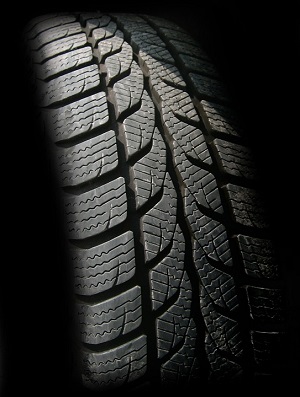
A crucial factor in your vehicle’s health, efficiency and performance is getting regular tire rotations. A tire rotation is when the tires of your vehicle are moved from one position on the vehicle to another. The front tires will move to the rear and the rear tires will move to the front, typically in a cross-diagonal direction, meaning they will also change sides. Your vehicle carries more weight at the front, so front tires will typically wear out faster. Tire rotation is done to prevent the uneven wear this can cause and to prolong the life of your tires. Your tires should be rotated at the same interval you get an oil change. The guidelines in your vehicle’s owner manual offer timing as well as the best rotation pattern for your vehicle and type of tires. The tires are the only part of the car which make direct contact with the road and influence your vehicle handling, ride, braking and safety. For optimum performance, tires must have the correct air pressure, tread depth, balan ... read more